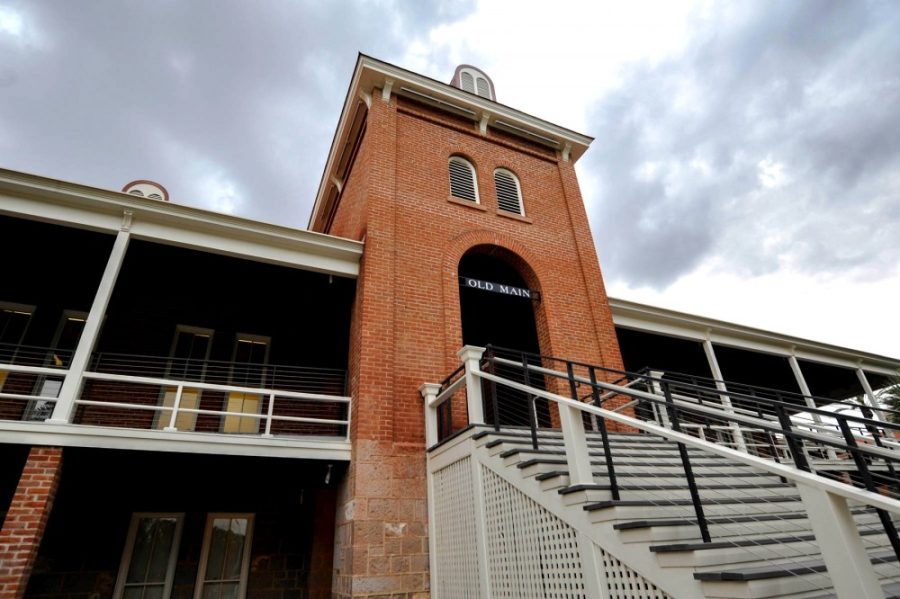The UA’s state funding rose steadily until 2008, but has been declining for the past eight years. While state funding decreased, tuition has risen sharply.
“Families and students are focusing more and more on the cost of attendance,” said Kasey Urquidez, dean of undergraduate admissions at the UA.
Funding from the state of Arizona grew from nearly $328 million in 2001 to about $431 million in 2008, according to the UA Fact Book. As of 2016, however, funding has dropped to just below $250 million—far below 2001 funding.
Since 2009, tuition for in-state students has almost doubled while out-of-state students have seen an increase of more than $10,000 per year.
“This happened around the country, but Arizona universities definitely felt the cuts and had to increase tuition at all three state universities,” Urquidez said.
Rebekah Salcedo, director of UA’s Office of Scholarships and Financial Aid, said tuition “can sometimes affect the decision to enroll, and at times it can cause students leave.”
RELATED: Senate committee tables vote on tuition increase limit bill
Although overall enrollment is on the rise, it is clear that enrollment of student minority groups has not increased at the same rate.
Enrollment of black students has risen by less than 1 percent since 2009, and Hispanic student enrollment has risen by 7 percent compared to the more than 12 percent rise in overall undergraduate enrollment, according to the UA Fact Book.
The rise in tuition has affected some student groups more than others and has led to an increase in undergraduate debt.
According to the Institute of Educational Sciences, 45 percent of college students in Arizona graduated with debt in 2008. This year, a total of 56 percent of resident UA students have loans.
“I don’t think I would have been able to come here without taking out loans,” said Ben Schroeder, an electrical and computer engineering freshman.
Salcedo said that sometimes financial struggles can be a reason for students to leave. The UA’s first-year persistence rate is 80.4 percent, which is on par with the national average according to the National Student Clearinghouse Research Center.
RELATED: University delays raising minimum wage
As students accumulate more debt over their undergraduate career, it can also be difficult for them to make the decision to continue post-secondary education, which can require taking out more loans.
The average amount of debt for non-resident graduate students at the UA is nearly $50,000 while resident graduate students leave the UA with an average of roughly $67,000.
“The salary is pretty high for a career in ECE compared to a lot of other jobs,” Schroeder said. “Paying back my loans probably won’t be too hard.”
Schroeder said that it was not just the cost of tuition that required him to take out loans.
“I used all my loans to pay for tuition but also for books and supplies and extra expenses,” he said.
When he applied to college, Schroeder knew finances was going to be one of the biggest factors in his decision-making process, but even with the assurance of a high-paying job at graduation, he has his doubts.
“Having debt is a constant stress on my shoulders,” he said.
Follow Pearl Dixon on Twitter.









